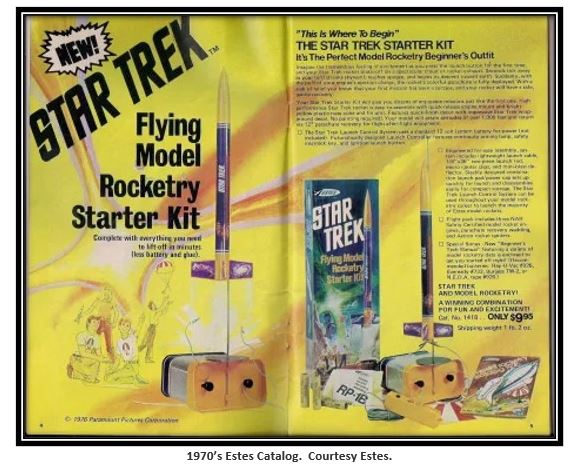Students’ ‘homemade’ rocket soars faster and farther into space than any other amateur spacecraft — smashing 20-year records
Good Saturday morning fellow ECAHF’ers. Wow. If only. But alas, we kids were true amateurs and could only dream. We launched bottle rockets from pop bottles before we turned the scorched bottles in at the local drug store for the 1 or 2 cent return deposits. We launched “space orb” golf balls powered by cherry bombs from lead pipes jammed at an angle in the ground. When older, we cobbled together enough money to order an Estes model rocket advertised as a premium from the back of our comic books or from the Estes catalog itself and launched a “real rocket” from “space central” (as we kids named it) in our back yard.

But we were lucky to get the rocket model into the air a few hundred feet and even luckier to locate it and get it back after it “blasted off”. If only we could have had what the students at the University of Southern California (USC) had. We kids would have had fame and adulation on our block. If only.
Sadly, it wasn’t meant to be for us. But is sure was for the students at USC who recently broke records with their “model” rocket launch as reported below by the science blog (livescience@smartbrief.com).
By Harry Baker
“Aftershock II, a new rocket built by students at the University of Southern California, recently broke a number of 20-year-old amateur spaceflight records for altitude, power and speed. It reached more than 470,000 feet above Earth’s surface and went ‘hypersonic.’

“A group of U.S. students has smashed a series of world records after launching a ‘homemade’ rocket farther and faster into space than any other amateur rocket. The student-made missile soared 90,000 feet beyond the previous record-holder — a rocket launched more than 20 years ago.
“The record-breaking rocket, named Aftershock II, was designed and built by students at USC’s Rocket Propulsion Lab (RPL) — a group run entirely by undergraduate students. The students launched Aftershock II on Oct. 20 from a site in Black Rock Desert, Nevada. The rocket stood about 14 feet tall and weighed 330 pounds.
“The rocket broke the sound barrier just two seconds after liftoff and reached its maximum speed roughly 19 seconds after launch, the RPL team wrote in a Nov. 14 paper summarizing the launch. The rocket’s engine then burned out, but the craft continued to climb as atmospheric resistance decreased, enabling it to leave Earth’s atmosphere 85 seconds after launch and then reach its highest elevation, or apogee, 92 seconds later. At this point, the nose cone separated from the rest of the rocket and deployed a parachute so it could safely reenter the atmosphere and touch down in the desert, where it was collected by the RPL team for analysis.
“The rocket's apogee was around 470,000 feet above Earth’s surface, which is ‘further into space than any non-governmental and non-commercial group has ever flown before,’ USC representatives wrote in a statement. The previous record of 380,000 feet was set in 2004 by the GoFast rocket made by the Civilian Space Exploration Team.
“During the flight, Aftershock II reached a maximum speed of around 3,600 mph, or Mach 5.5 — five and a half times the speed of sound. This was slightly faster than GoFast, which had also held the amateur speed record for 20 years.

“But elevation and speed were not the only records Aftershock II broke. ‘This achievement represents several engineering firsts,’ Ryan Kraemer, an undergraduate mechanical engineering student at USC and executive engineer of the RPL team who will soon join SpaceX's Starship team, said in the statement. ‘Aftershock II is distinguished by the most powerful solid-propellant motor ever fired by students and the most powerful composite case motor made by amateurs.’”
Onward and REALLY…TRULY…Upward!
Kind regards,
Barry R. Fetzer
ECAHF Historian
